10 scientific hoaxes that shocked the world
From time to time there is information about this or that scientific discovery, which seems so incredible that it simply does not fit in my head. Electricity, the theory of relativity, and so on are all new ideas that expand the horizons of science and change human life.

But sometimes you really shouldn't believe in an incredible discovery or invention. Behind him is someone who glues bones together to create the skeleton of an animal that never existed, or hires a special person to perform a trick that will bring fame and money. There is nothing better than a good old hoax to remind us that we need to be more attentive and skeptical about the newly made scientific sensations.

In the vicinity of the Bavarian town, students found several stones with fossils, which they brought to Johann Beringer, a professor of medicine at the University of Würzburg. There were almost two thousand stones, some of which were carved with whole plots: "lizards in leather, birds with beaks and eyes, spiders with cobwebs and copulating frogs," as the Guardian wrote. Others had astronomical objects and letters of the Hebrew alphabet. Beringer stated that these stones are the result of divine providence and relics of the Great Flood era, refusing to believe that these artifacts were made by humans. He was so confident that he even wrote a whole book about it. When Beringer's book was published, the students brought him the last stone. It had Beringer's name on it. It turned out that the stones with the "fossils" were forged by the professor's colleagues. The stones became known as Lügensteine, or "lying stones".
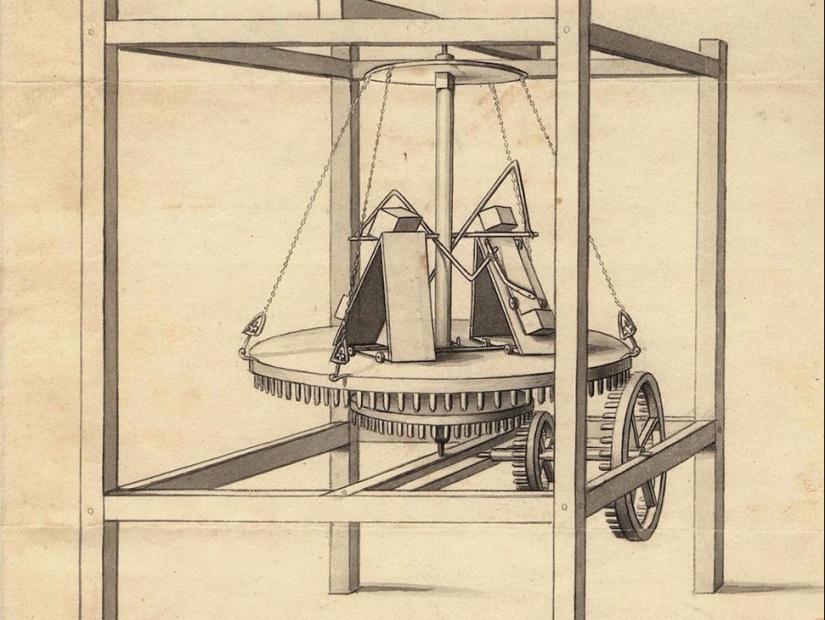
A man named Charles Redhoeffer invented a machine that didn't stop—a perpetual motion machine. Noticing a strange vibration in the car, skeptical mechanical engineer Robert Fulton challenged Redhoeffer, stating that he could find a mechanism that ensures the movement of the car. And he did it. It turned out that the source of the incessant movement of the car was an elderly man who was turning a lever in the basement, chewing a piece of bread.
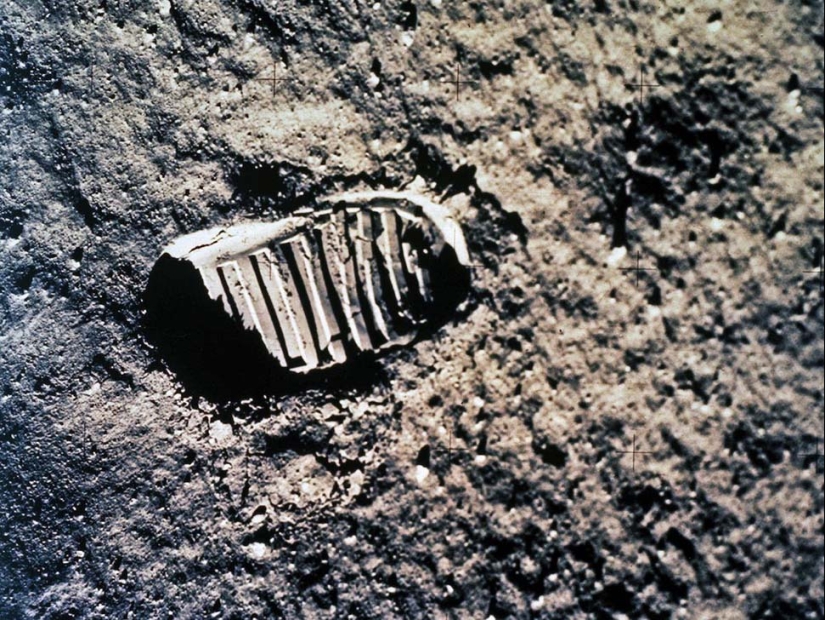
According to the New York Sun, it was "a new theory of cometary phenomena." Astronomer Sir John Herschel not only discovered new planets orbiting other stars, but also allegedly solved or corrected almost every major problem of mathematical astronomy. The most amazing of his astronomical discoveries was life on the moon. It turned out that Herschel not only did not find life on the moon and did not solve all the problems of mathematical astronomy, but he was simply not aware of this, although he was credited with these scientific achievements.
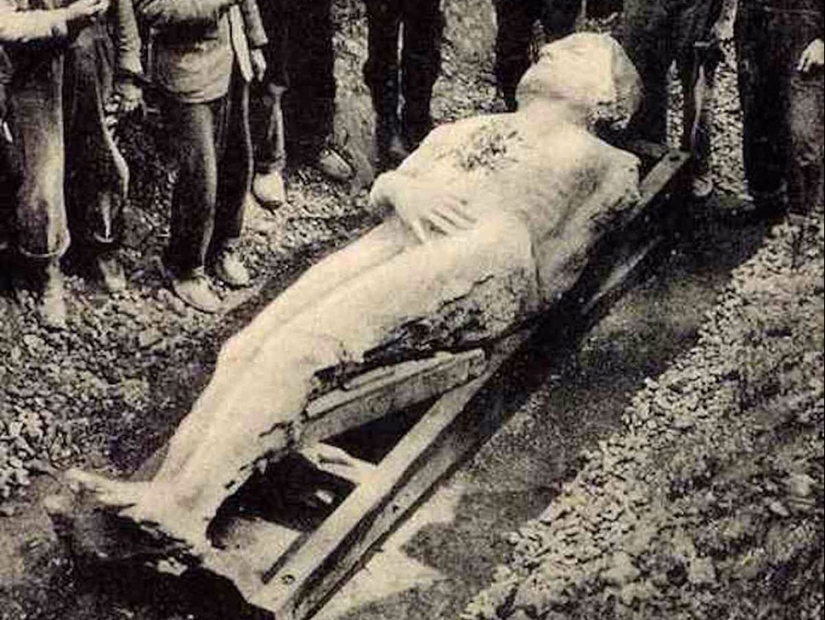
A group of workers were digging a hole in the backyard of a yard in Cardiff, New York, and came across a petrified human body three meters tall. An atheist named George Hull created this giant to play a priest, a supporter of fundamentalism, who believed that the Earth was once inhabited by giants, as it is written in the Bible. When someone named Phineas Barnum began to flaunt a copy of this giant, Hull tried to sue him, but to no avail, as he could not provide proof that his giant was real.
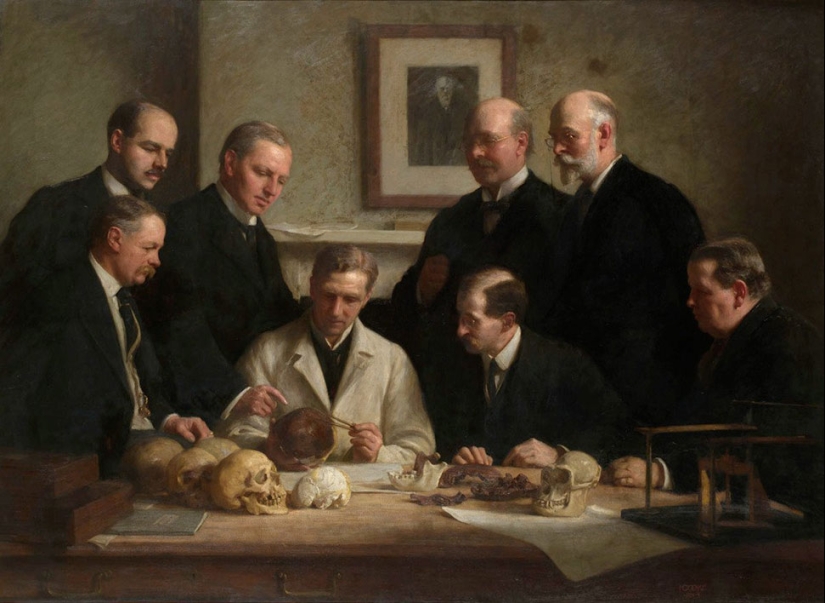
In the gravel pit of Piltdown in England, fragments of a skull and a jaw similar to a human were found. There were also several stone tools and animal remains. All this was found by Charles Dawson, a professional lawyer and amateur archaeologist. Scientists have decided that the skull belongs to a creature that lived about 500 thousand years ago and is the missing intermediate link of evolution between a monkey and a man. In 1953, scientists re-examined the found remains.
They found that the upper part of the skull is only 50 thousand years old, and the jaw, which is now believed to have been from an orangutan, was only a few decades old. They also found that the remains had been specially sprayed with a chemical solution to make them appear ancient. It looks like Dawson falsified the findings, but when it was revealed, he had long since died.
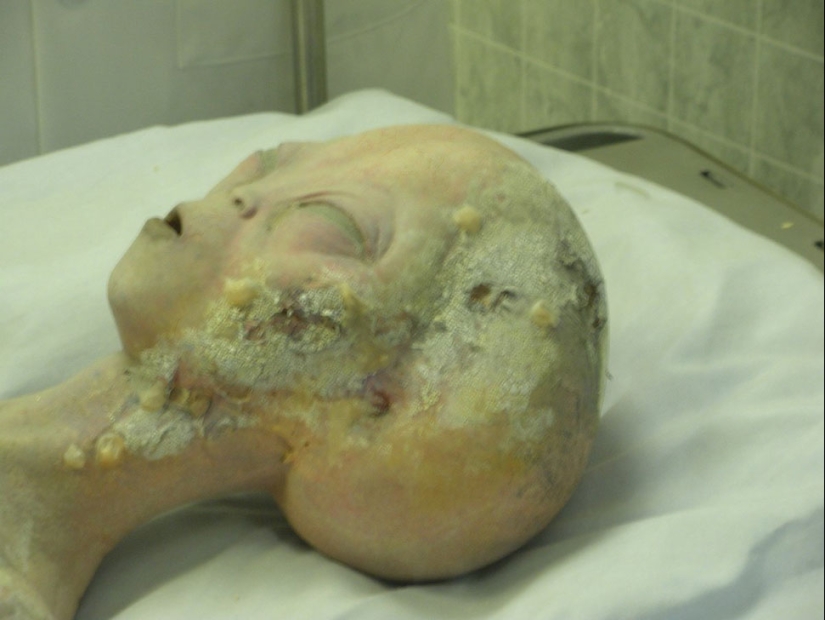
In 1995, Briton Ray Santilli announced that a retired military cameraman had given him the autopsy records of an alien whose spaceship crashed near Roswell in New Mexico in 1947. These statements immediately attracted the attention of the scientific community, which treated them with suspicion, but Santilli did not admit to the hoax until 2006. In the documentary, Santilli said that he staged and recorded the entire autopsy, but insisted that the original recording existed. According to him, he removed the reproduction because the original was in poor condition.

Philippine Minister Manuel Elisalde said that a "small Stone Age tribe" has been discovered that lives in complete isolation on the island of Mindanao. The tribe allegedly spoke a strange language, was engaged in gathering and hunting, used stone tools, lived in caves in the jungle, wore leaves instead of clothes and solved issues with gentle persuasion, not war. The President of the country then declared this island a nature reserve, forbidding anthropologists to visit it to study the tribe. In 1986, the president left office, and two journalists infiltrated the island, where they learned that the Tadasai tribe lived in houses, wore ordinary clothes and only for a while, at Elisalde's insistence, portrayed a primitive lifestyle.

Japanese archaeologist Shinichi Fujimura became famous in 1981, when he allegedly discovered stone tools that are 40 thousand years old. These turned out to be the oldest archaeological finds in Japan. Later, he found stone tools 600 thousand years old, which could become the oldest evidence of human existence on Earth, as well as several holes in the ground, which, in his opinion, could serve as primitive shelters.
In 2000, these discoveries brought him worldwide fame. In the same year, a Japanese newspaper published photos of Fujimura digging holes at the excavation site and laying out artifacts. He quickly confessed, stating that he was possessed by an irresistible desire and seduced by the devil.

Scientists at the Lawrence Berkeley National Laboratory synthesized two new, unknown radioactive elements — ununoctium (element 118) and livermorium (element 116), bombarding lead with krypton. According to the US Secretary of Energy, it was "an incredible discovery that paves the way for further discoveries in the field of the structure of the atomic nucleus." In 2000, different groups of scientists tried to reproduce the results of experiments, and they failed. Then the laboratory issued a rebuttal. Physicist Viktor Ninov was accused of falsifying data to falsify evidence that the elements were created. In the same year livermorium was actually synthesized for the first time, and a few years later it turned out to be ununoctium (moscovium).
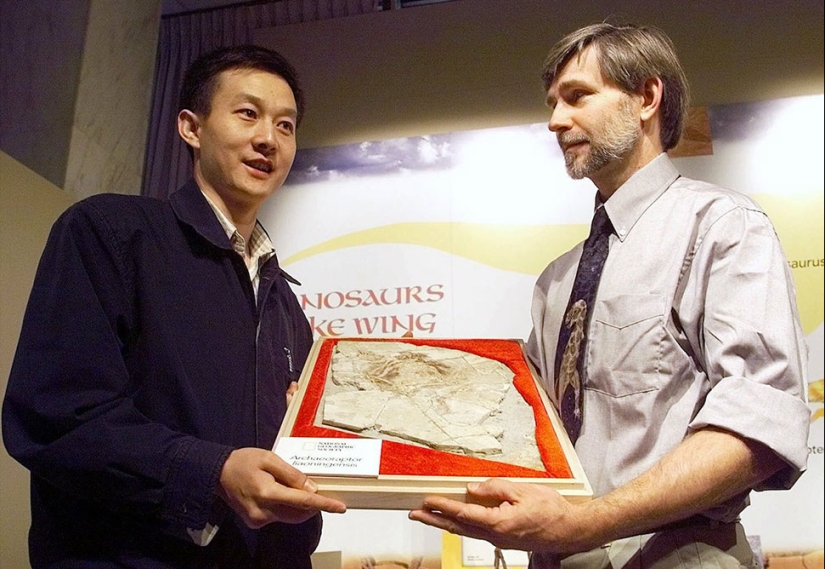
In 1999, fossils of a feathered dinosaur — archaeoraptor were found, which was called the missing evolutionary link connecting modern birds and carnivorous dinosaurs. Subsequently, it turned out that the skeleton of the archaeoraptor was a "combined hodgepodge" of the bones of several different animals. The head and upper body belonged to a primitive species of birds, the tail belonged to a small winged dinosaur, and it is still unknown to whom the paws and feet belonged.
Recent articles

Most of us think that the color of the eggshell does not play any role and it is possible not to pay attention. But it's not and ...

The more we rely on technology, the more potential power hackers gain over us. It doesn't matter if their goal is to help or cause ...

Creating a good portrait is one of the most difficult tasks for any photographer. In order to make a really natural and memorable ...